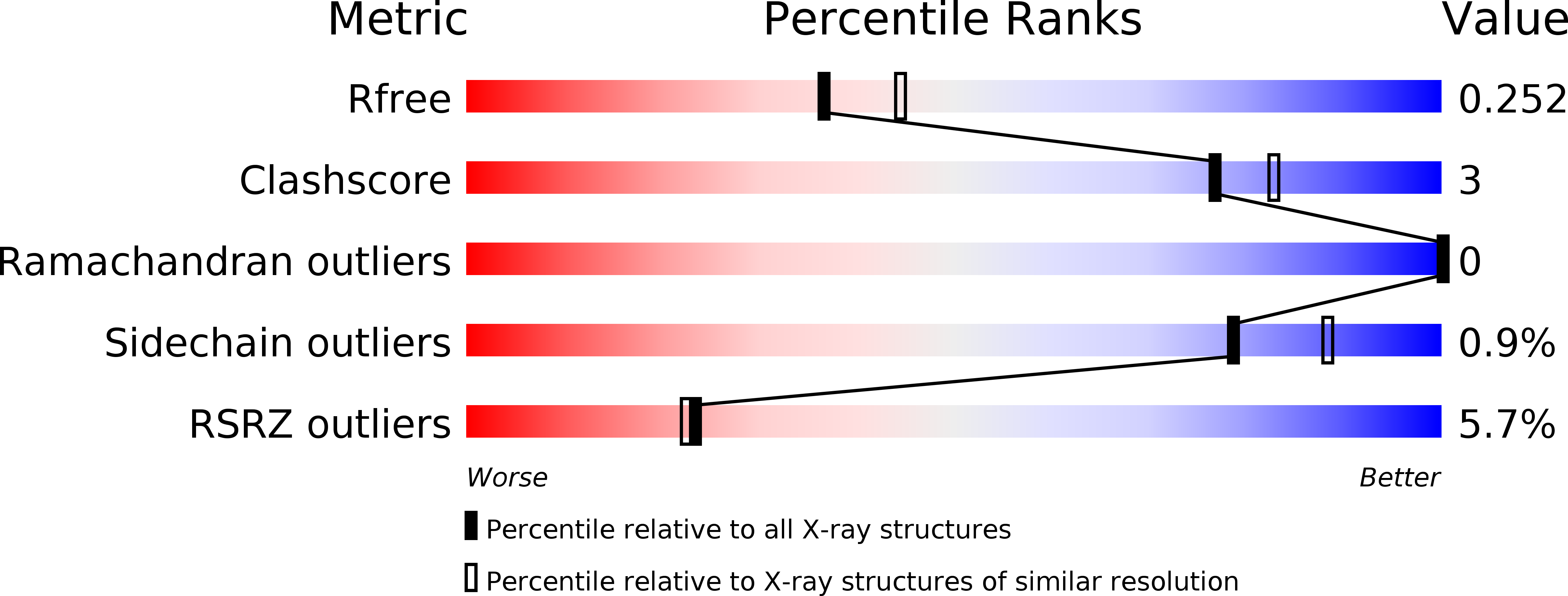
Deposition Date
2017-01-15
Release Date
2017-06-28
Last Version Date
2024-11-13
Entry Detail
PDB ID:
5UIW
Keywords:
Title:
Crystal Structure of CC Chemokine Receptor 5 (CCR5) in complex with high potency HIV entry inhibitor 5P7-CCL5
Biological Source:
Source Organism:
Homo sapiens (Taxon ID: 9606)
Clostridium pasteurianum (Taxon ID: 1501)
Clostridium pasteurianum (Taxon ID: 1501)
Host Organism:
Method Details:
Experimental Method:
Resolution:
2.20 Å
R-Value Free:
0.25
R-Value Work:
0.21
R-Value Observed:
0.21
Space Group:
P 2 21 21


